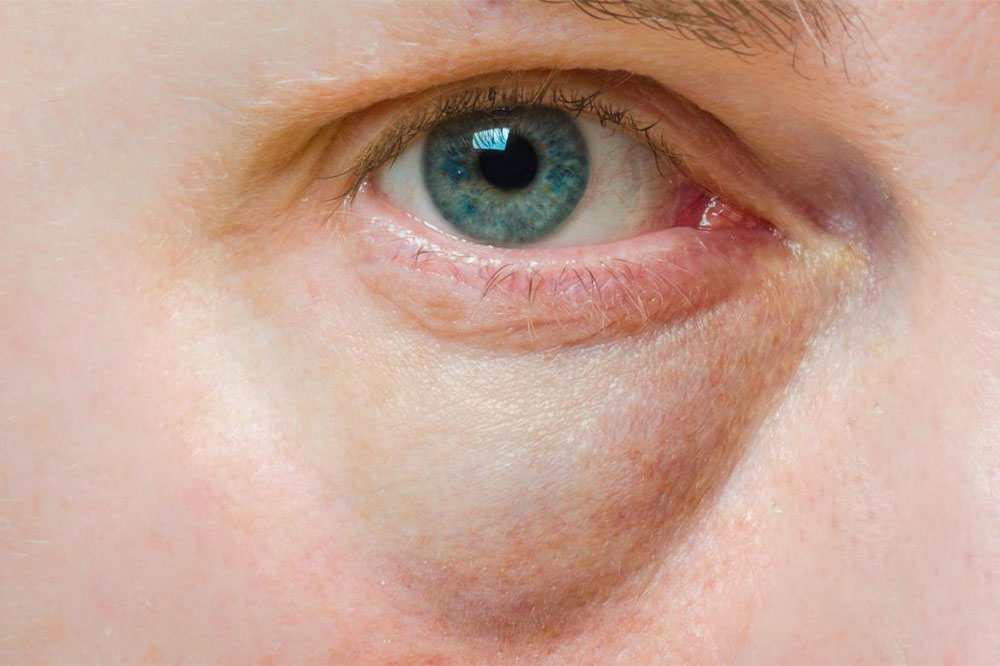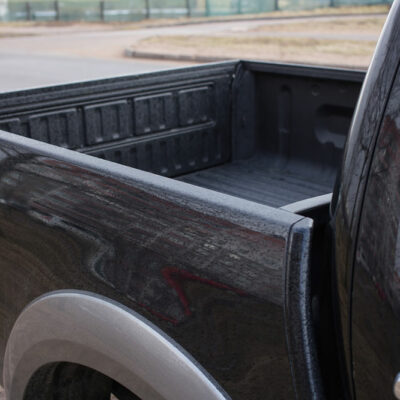
4 Common Eye Conditions in Children
A child’s vision can be affected by many different eye diseases and conditions. If a child fails a vision screening or if an eye condition is suspected, or if you’re simply concerned about your child’s eyes, you act should immediately. In fact, early and timely diagnosis and treatment are extremely important for avoiding lifelong visual impairments when it comes to children. Here are some of the main types of eye conditions that children face.
Squint
Squinting, which is also known as strabismus, is also known as lazy eyes, crossed eyes, or turned eyes. It occurs when the child’s eyes point in different directions. Or while one may point inward, the other eye might be straight. While this could come and go, it could also be noticeable all the time. It could be present at birth or maybe even appear later. In babies and children who suffer from this main type of eye condition, the vision in the eye that is squinting or turned doesn’t develop normally, as children don’t outgrow strabismus. Treatment is most effective when it is begun at an early age and could include surgery, exercises, patching, or glasses, or even a combination of these. When treated, it results in coordinated eyes, good appearances, and good vision in both eyes.
Amblyopia
This main type of eye condition occurs when one eye becomes lazy due to it not receiving as clear an image as the other eye. The most common causes of amblyopia are cataract (opacity or clouding of the lens), ptosis (droopy eyelid), refractive error (incorrect focusing power), or strabismus. If amblyopia is left untreated, it could lead to extremely poor vision. Treatment options for amblyopia include glasses and patching. Vision can often be improved if treatment is begun early.
Chalazion
When there is a blockage in the glands or the lower or the upper eyelid, it results in chalazion, which is essentially a small swelling of the eyelid. Sometimes, apart from the swelling, there can be redness of the eyelid and as well as a sort of yellow-colored ooze. Children could end up getting many chalazia on their eyelids at a single time also, and it could happen in either one or both eyes. One needs to immediately take their child to the family doctor who will suggest the initial course of treatment. If there isn’t any improvement even after 3 to 4 months of treatment, then one will need to see an ophthalmologist. If the chalazia are large enough to cover the center of the pupil, then it could end up affecting the child’s vision.
Epiphora
Also known as watering eyes, epiphora could happen if the duct that drains tears to the nose from the eye is blocked. In many cases, blocked tear ducts usually get better on their own. However, if it doesn’t go away on its own even within 12 months, or if the regular infection becomes an issue, then a small surgical procedure could become necessary. Also, watering eyes aren’t only caused by blocked tear ducts, so an eye examination is a good idea.


